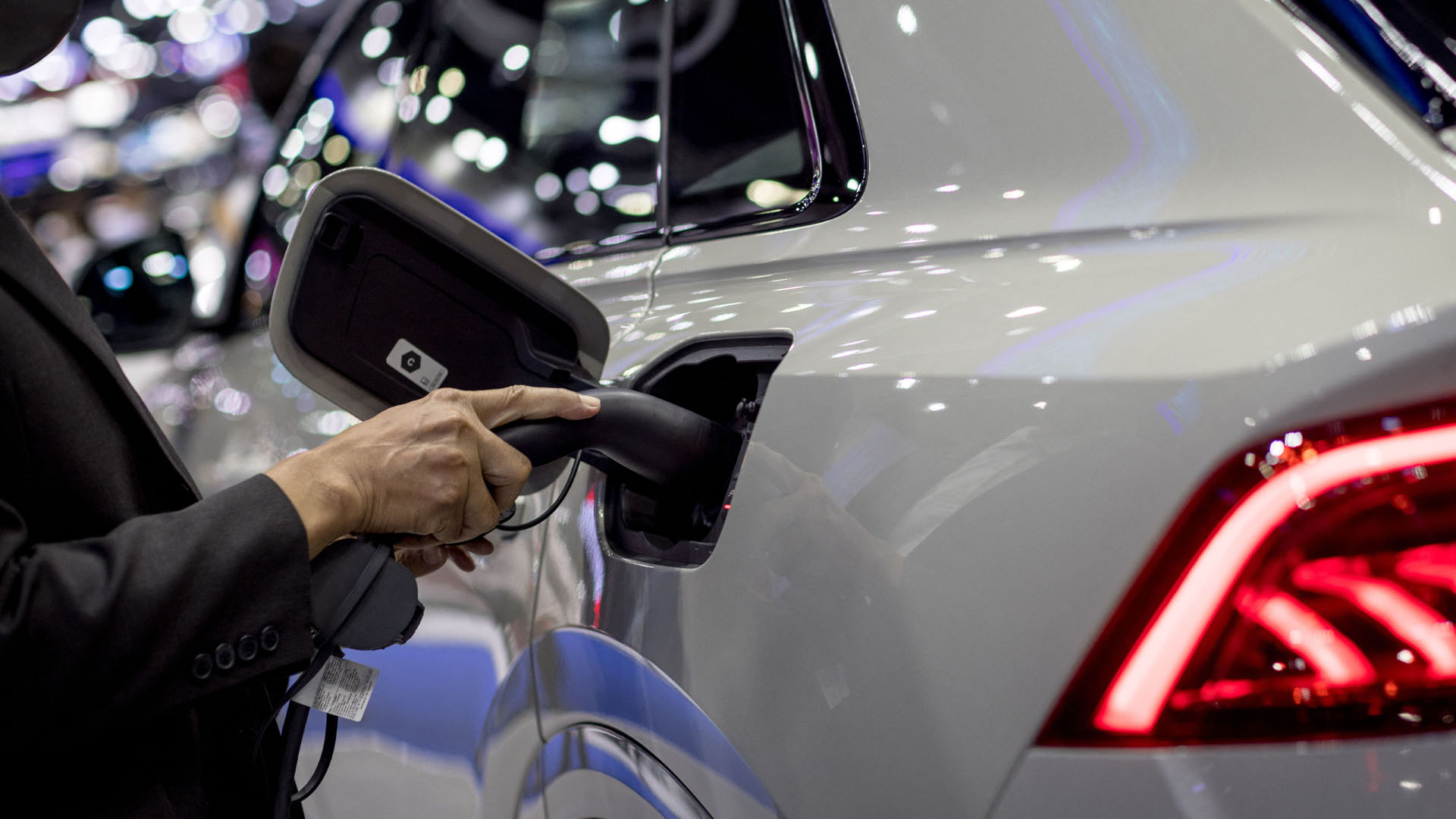

We may earn revenue from the products available on this page and participate in affiliate programs. Learn more ›
The U.S.’s Environmental Protection Agency (EPA) is tasked with determining vehicles’ fuel economy, or in the case of electric vehicles, their range. But the EPA’s EV ratings are noteworthy for being more conservative than the European WLTP’s. A first for America. So how does the United States determine how far an electric car can go? As is the case with many government agencies, it’s simple in a complicated way.
The EPA’s methodology for determining an EVs range is similar to how it determines the fuel economy of gasoline-powered cars, as it has a series of testing scenarios that it puts the car through on a chassis dynamometer in a laboratory. A few of these tests are shared between ICE cars and EVs, and all of which happens at its National Vehicle and Fuel Emissions Laboratory in Ann Arbor, Michigan.
The EPA tests electric vehicles on its “City” and “Highway” cycles. This includes the vehicles being given a full charge and then driven until they will go no further—the exact makeup of these tests is posted on the regulator’s website if you’re curious. As such, the EPA effectively simulates what it’s like to drive in an urban on/off-accelerator environment and in a more constant power interstate setting.

Unlike the automaker’s efficiency testing for internal combustion-engined cars, the EPA does not test the effect that things like HVAC systems, aggressive driving, or temperatures have on the car’s economy. Instead, it applies a blanket .7 multiplier to any recorded range figure on each cycle to simulate these uneconomical activities. Then, “the adjusted city and highway range values are weighted together by 55% and 45%, respectively, to determine the combined city and highway driving range that appears on the EPA fuel economy label.” In other words, the city range is multiplied by 0.55, the highway range is multiplied by 0.45, and then the two values are added together.
That’s what ends up as the official estimate.
It also says that “Automakers have the option of doing a multi-cycle test, which consists of four city cycles, two highway cycles, and two constant speed cycles.” And it can be safely assumed that most car companies probably elect to do both batteries of tests and then pick whichever number is better. Though, it’s unclear if the automaker gets to pick the constant speed or if the EPA does.
And that’s how the EPA tests the range of EVs.

The WLTP clearly does it differently which is why its estimates are often much less conservative. It’s admittedly unusual that the EPA doesn’t just do the same tests for ICE cars and EVs. It must be assumed that, on an especially cold or hot day using the HVAC system, an EVs range would suffer considerably. That might make the agency’s ratings a little too conservative. After all, they seem to be reasonably accurate now, at least in my experience driving electric vehicles.
In the end, though, automakers also test its vehicles’ ranges and provide a figure and that’s what you’re going to be seeing on your dashboard. That number will also change depending on how you drive. If you drive a lot in urban areas, it’s likely that you’ll get a higher range figure than if you were doing a lot of driving on the highway. That’s probably the estimate you should trust the most.
